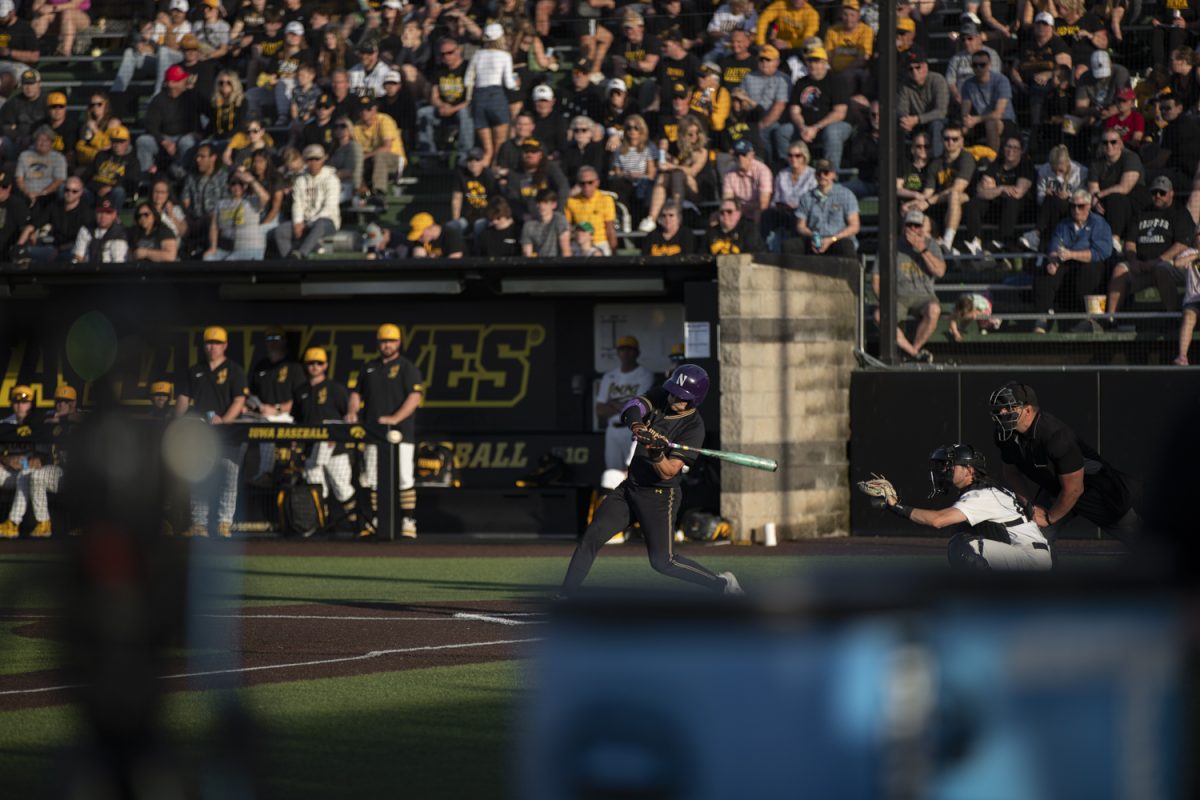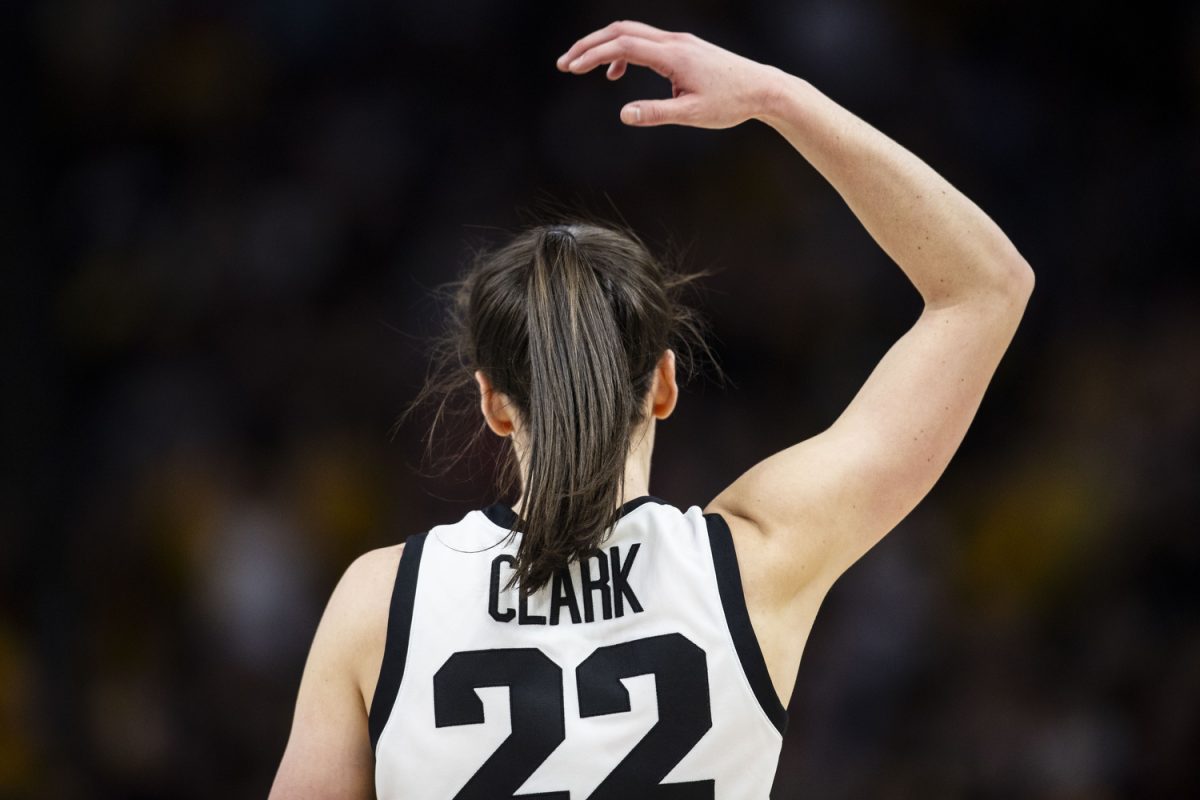The women’s cross-country team isn’t just a cast of individuals who separate during meets to try to better their individual times. Instead, they stick together for most of a meet in order to improve each other’s habits, as well as improve the team’s overall outcome.
Sophomore Kayla Beattie noted that this team atmosphere carries over into the meet and improves the runners’ comfort level while running in front of other teams.
“Cross-country races are usually more than 100 people competing,” she said. “So when you have teammates whom you train with every day and you see them in the meet, it gives you confidence. The meet isn’t as big as 100 people — it’s just like practice.”
Freshman Cindy Saliba said the strategy helps teammates with different habits, so that they can stay strong through the toughest parts of the race and not burn out.
“Personally, I start out a little bit slower at the beginning of a race, and Lisa Gordon comes out fast, which reflects our running styles,” she said.
This is why head coach Layne Anderson executes the buddy-system strategy, she said.
“[Anderson] focuses on what we are good at and what we aren’t good at,” she said. “He tells me to stick with Lisa [Gordon], don’t lose sight of her. And then he tells Lisa to stick with me through the middle, and then towards the finish line, we duke it out. He has us help each other that way.”
According to some harriers, the strategy doesn’t just result in better individual scores, it helps Iowa’s overall result as well.
“We just want the least amount of space between our No. 1 and No. 7 runners,” senior Kelsey Hart said. “Because if we’re closer together, we can move up together and place high in the meets.”
Saliba emphasized the effectiveness of the strategy during the middle part of a race. There seems to be the thinking that some runners start well because of excitement, then slow down significantly in the later part of the race.
“Once you get to the middle, you have to push through, because a lot of people tend to slow down during that middle mile,” she said. “The lactic acid builds, and a lot of people break down during the middle, but when you have your teammates, it helps to push each other.”
The packs are distributed based on the quality of runners and how they are able to finish. Graduate student Marieke Schrulle, Beattie, and Hart and Megan Ranegar form together in the first pack, which is seen as the higher placing, more competitive group of runners.
The second pack consists of a predominantly younger group, with senior leader Nicole Benson and freshman harriers Courtney Martin, Saliba, and Lisa Gordon.
“The older girls mentor us newcomers, they help us out because were new to it,” Saliba said. “The chemistry is good. Because we have those groups that bring our race together, and that’s what makes us successful [as a team].”






